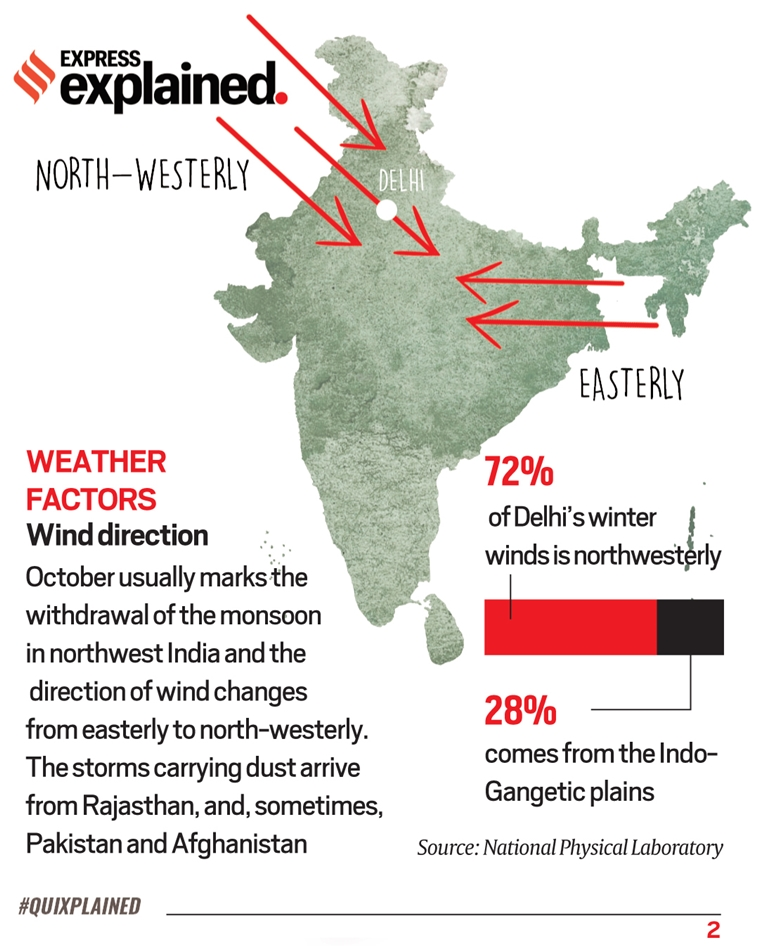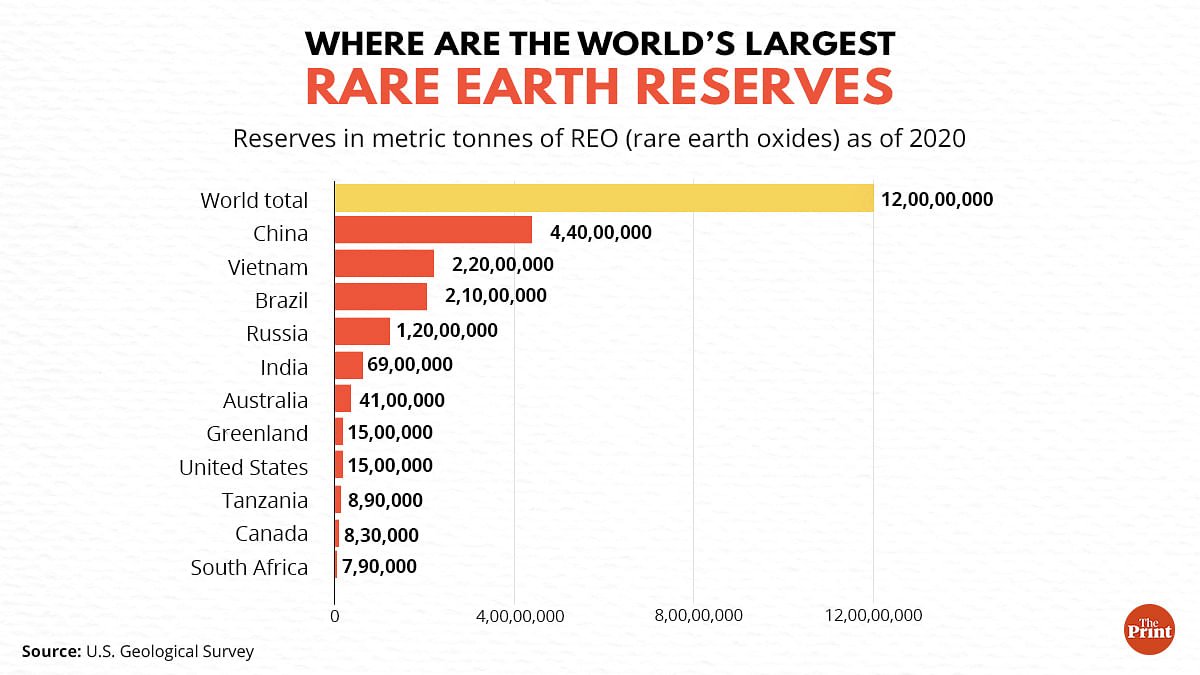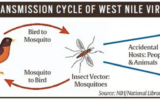
Sudden reversal of Pollution Cycle
Subscribers of "Current Affairs" course can Download Daily Current Affairs in PDF/DOC
Subscribe to Never Miss an Important Update! Assured Discounts on New Products!
Must Join PMF IAS Telegram Channel & PMF IAS History Telegram Channel
- Context (IE | DTE): In the winter of 2022-23, Delhi saw cleaner-than-usual air quality, while Mumbai’s air was more polluted than is usual for the coastal city. The PM 2.5 level in Mumbai increased significantly during the stubble-burning period.
- A new research paper concludes that this sudden flip-flop of the pollution cycle is linked to large-scale wind patterns associated with the triple dip La Nina.
- This change in wind patterns may have contributed to the intrusion of stubble-burning smoke from Punjab and Haryana into parts of peninsular India and Mumbai in the winter of 2022-23.
|
To know more about El Nino Southern Oscillation (ENSO) events – the El Nino and La Nina, visit >EL -NINO LA-NINA.
Geographical Reasons
- Change in wind direction:
- Winds blowing towards Delhi during this period are usually northwesterly, and they dump pollutants generated by stubble burning (Punjab and Haryana) in the NCR and the Indo-Gangetic Plain.
- However, in November 2022, these winds were northerly, escaping most of the region in the NCR, including Delhi.
- Instead, these winds carried pollutants from stubble burning towards the west-south part of India, including Mumbai.
- Relatively high windspeed in the north and absence of cold day conditions:
- Air pollution in Delhi-NCR in the winter is linked to low temperature and low wind speed that keeps pollutants trapped close to the surface.
- However, Surface level winds from November 2022 to January 2023 were also relatively stronger in the north and slower in the southwest parts of the country compared to 2021-22.
- This, along with the absence of cold day conditions over northwest India till early January, may have prevented parts of the region from experiencing stagnation conditions that can prevent the dispersion of pollutants.
- Impact of La Nina:
- In the La Nina phase, winds over the equatorial Pacific Ocean are easterlies.
- Easterlies from the Pacific and northeasterlies from the Bay of Bengal appear to accelerate the northwesterly flow from north India and converge over the Indian peninsular region, mainly over northern parts of the west coast of India.
- Thus, it supports the transport of pollutants from North India towards Peninsular India.
North Westerly
|
To know more about Trade winds – Easterlies and Westerlies, visit > Trade winds





![PMF IAS Environment for UPSC 2022-23 [paperback] PMF IAS [Nov 30, 2021]…](https://pmfias.b-cdn.net/wp-content/uploads/2024/04/pmfiasenvironmentforupsc2022-23paperbackpmfiasnov302021.jpg)












